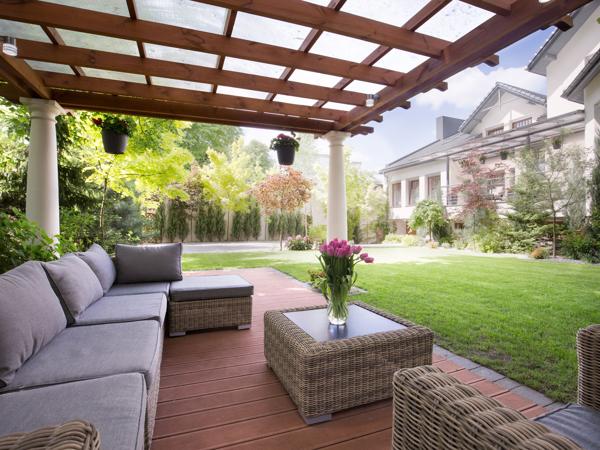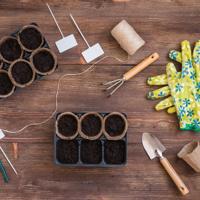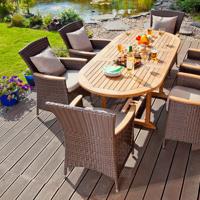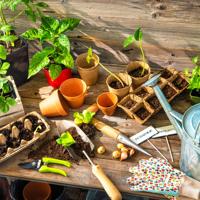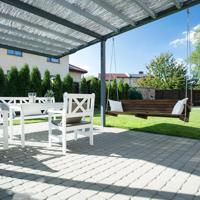Outdoor living spaces have become an extension of our homes, reflecting personal style and providing a sanctuary for relaxation. One way to elevate your outdoor area is through the addition of garden structures. Whether for functionality, aesthetics, or both, these structures can significantly enhance the overall experience of your garden.
Types of Garden Structures
Arbors
Arbors are inviting, often arch-shaped structures that can lead from one part of the garden to another. They can be simple or ornate, providing a charming touch to any outdoor area. Planting climbing roses or other flowering vines can create a picturesque scene. Arbors are ideal for marking garden entrances or pathways.
Pergolas
Pergolas consist of vertical posts supporting a lattice of cross-beams and rafters. They offer partial shade, making them perfect for defining outdoor living and dining areas. You can grow climbing plants over a pergola or add a retractable canopy for additional shade. The design seamlessly integrates with various garden styles, from modern to rustic.
Gazebos
Gazebos are freestanding structures with roofs, offering a shaded space that is perfect for gatherings or quiet reflection. Often octagonal in shape, they are constructed using materials such as wood or metal. Gazebos can be enhanced with outdoor furniture, string lights, or curtains to create a cozy retreat.
Trellises
Trellises are versatile structures that support climbing plants. They can be wall-mounted or freestanding, guiding plant growth while adding vertical interest to your garden. Ideal for growing flowering clematis or edible plants like peas, trellises make excellent additions to vegetable patches or patios.
Greenhouses
For the serious gardener, a greenhouse can transform gardening into a year-round activity. Greenhouses create a controlled environment, allowing you to start seeds early, protect tender plants, or grow exotic species. Various sizes and styles are available, from small DIY kits to expansive, permanent structures.
Planning and Consideration
When choosing a garden structure, consider the following:
- Purpose: Decide whether the structure is for decoration, function, or both.
- Style: Ensure the design complements your home and garden.
- Size and Scale: Proportions should align with the rest of your garden design, avoiding overwhelming or undersized features.
- Materials: Select materials that suit your budget and maintenance preferences, such as durable cedar or versatile metal.
Enhancing Your Garden Structure
Once you've decided on a garden structure, think about enhancements:
- Lighting: Adding soft lighting can illuminate the structure, highlighting its features in the evening and extending usability.
- Plants: Choose plants appropriate for the climate and exposure. Consider native species for low maintenance Landscaping.
- Seating: Add comfortable outdoor seating to structures like pergolas or gazebos to invite relaxation.
- Decorative Elements: Incorporate wind chimes, outdoor art, or planters to personalize the space.
Conclusion
Garden structures add depth and character to any outdoor space without requiring significant transformation. By selecting and enhancing structures that suit your style and needs, you can create an inviting oasis right at home. Whether you're an experienced gardener or just starting your outdoor journey, these features offer a canvas for creativity and retreat.
For further inspiration and guidance, you might want to review materials from reputable gardening resources or home improvement experts. Observing local gardens or participating in gardening forums can also provide practical insights that are tailored to your environment. You may also find our Planting Guides helpful.
We hope this information helps you in planning and enjoying your outdoor living space. Remember, gardens evolve with time, just like our understanding and relationship with nature. Enjoy the journey.
